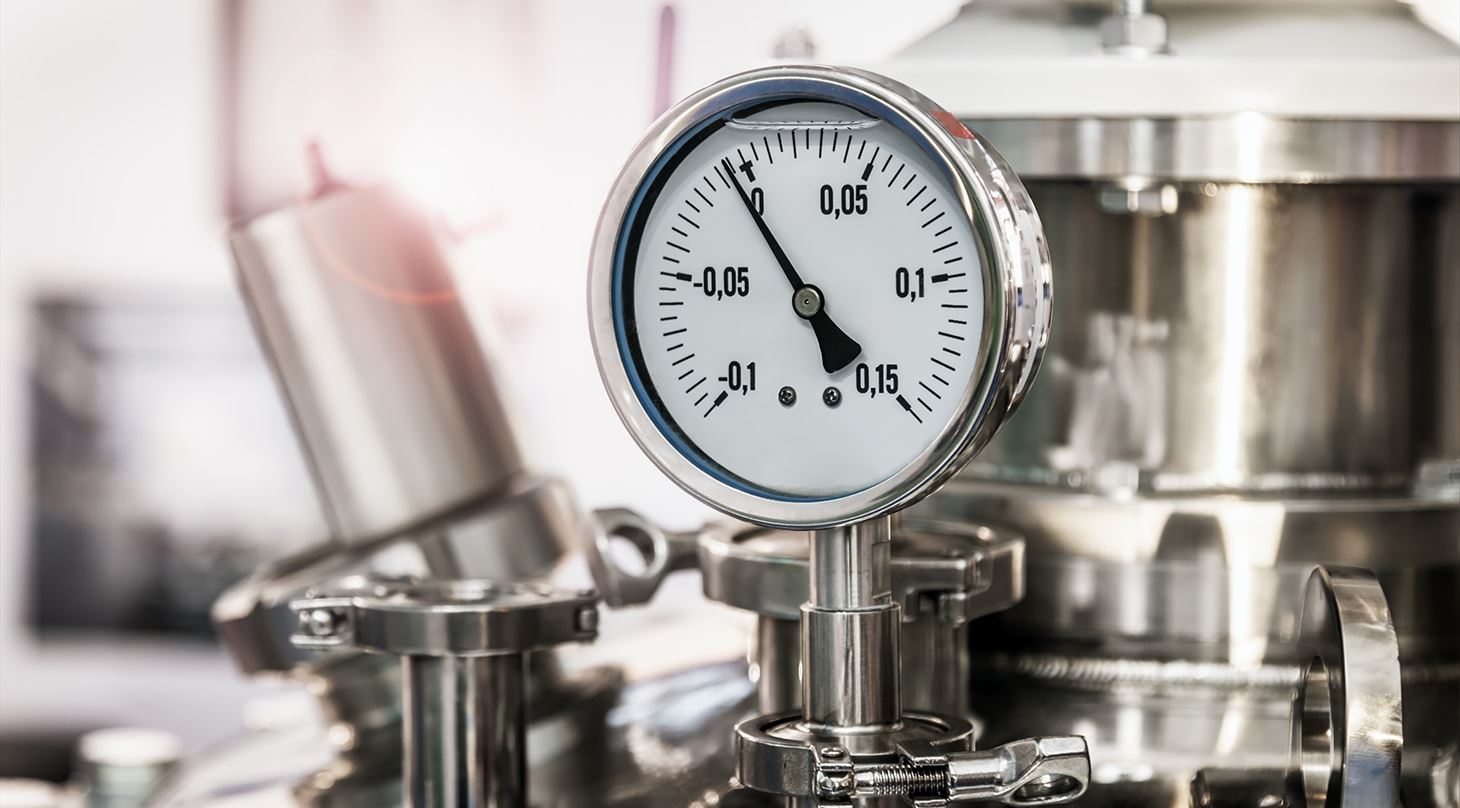
Measurement of liquid and gas flow under real conditions
X-ray and neutron analysis make it possible to probe the structure deep inside materials.
Since X-ray and neutron images can be collected relatively quickly, it is possible to acquire series of images, effectively producing a film of components or materials in function, e.g.:
- Flow of liquids and gasses through valves or pumps
- The mixing process of liquids or gasses in e.g., pipe connections or pumps
- Diffusion of water or organic liquids or gasses into membranes or porous materials
- Lithium ion transport in batteries
- Filling of electrolytic fluid in batteries
- Flow of liquid and gasses inside PtX components, e.g., electrolyser cells
In this way, it is possible to localise causes for poor filtration, leaks, clogging, or inhomogeneous mixing, to optimize the performance of a device or product.
X-rays are particularly sensitive to heavy elements, whereas neutrons are sensitive towards many lighter elements. This enables visualization of water or organic material inside metal components, or to follow the formation and movement of hydrogen bubbles in electrolyser cells. The time resolution is down to microseconds for X-ray measurements, and down to seconds for neutron measurements.
Even better time resolution can be obtained with so-called stroboscopic measurements for cyclic processes. These measurements can also be done on longer timescales to study e.g., the aging of batteries over multiple charge and discharge cycles. The methods can also be applied during heating or cooling of the material, or under pressure, to simulate realistic working conditions.
Contact our experts to discuss solutions for your specific case.
Using neutrons, it is possible to see liquid flow hidden inside other structures. Here, the Paul Sherrer Institute has recorded a film of a metallic coffee pot during coffee making: